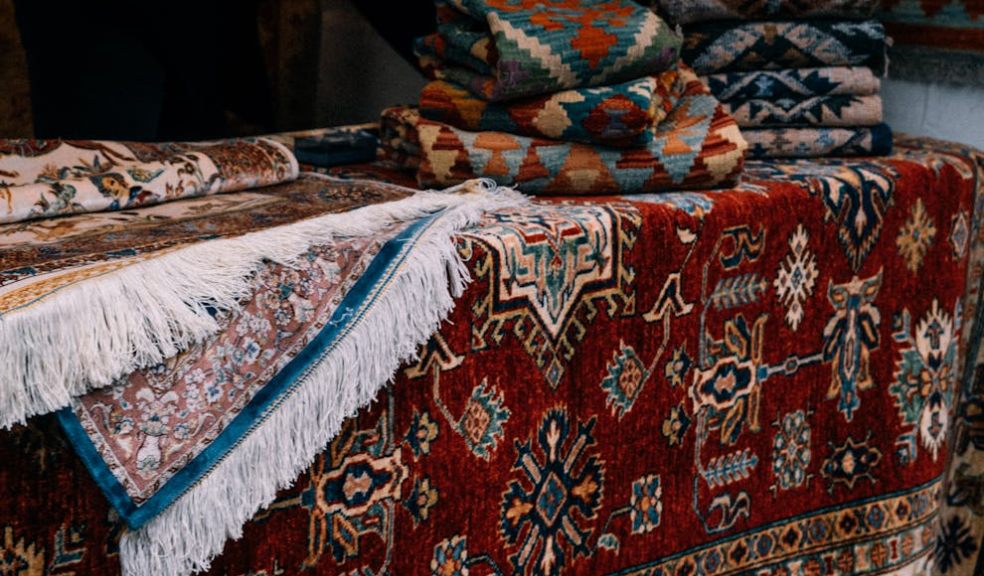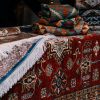
Exploring the Evolution of Rug Design Through the Ages
Rugs are not mere floor coverings for your UK home. Woven into them are threads of collective stories of culture, art and the history of mankind. Or, to be more precise, the pathway of rug design from traditional to modern reflects the changing tastes, techniques, and preferences of the world throughout history.
This blog takes you on a stimulating trip over the ages, following the evolution of rug design from its early days to its current form.
Ancient Beginnings
Rugs have a long and storied history, reaching back to the earliest civilizations of Mesopotamia, Persia and Egypt. Originally utilitarian, woven for warmth and insulation, rugs transcended their practical uses to become objects of art, characterized by intricate designs and patterns.
The Pazyryk Carpet, the oldest surviving rug, was found in a Siberian burial mound dating back to the 5th century BCE. Its design, with animals, geometric patterns and human figures, reveals a strong cultural connection.
The Golden Age of Persian Rugs
Perhaps the greatest period of rug-making was that of the Persian Empire. This included the Safavid Dynasty (1501-1736) whose rugs are widely regarded as the finest in the world. They are known for their richly detailed patterns and bold colors and for the superb quality of their weave.
Skillful artisans constructed rugs from superior wool and silk and embellished them with striking floral motifs, hunting scenes, and intricate medallions. Persian rugs were not just floor coverings but objects of beauty, luxury and status, ostensibly restricted to royalty and the elite in the society.
Oriental Influences
Trade routes became more open, enabling Eastern influences to permeate rug design. The Chinese and Indian rug designs brought new motifs such as dragons, phoenixes and intricate lattice patterns.
In India, the Mughal Empire (1526-1857), which covered much of modern India and Pakistan, produced some of the most stunning carpets on Earth. It blended Persian techniques with local craftsmanship to produce rich, exotic designs for palaces and temples.
The European Renaissance and Beyond
Another pivotal shift of the Renaissance was the discovery of the exotic nature of Oriental rugs. This prompted the European aristocrats and merchants to import them in large quantities, which eventually led to the establishment of weaving centers in Europe, notably in France and Spain.
As European craftsmen became exposed to local formats and styles, they started designing carpets that were quite unlike anything coming out of the East. French rugs with floral motifs and pastel colors, such as the characteristic Aubusson or savonnerie carpet, became desirable imports during this period.
Modern Innovations
The start of the 20th century brought innovations in rug design, with technological discoveries and changing tastes finding expression. In the Art Deco movement, new rug designs arose with bold geometric shapes and bright colors.
Unlike the mid-century modern styles, which were more streamlined, functional and utilitarian, using fewer patterns and clean lines, contemporary rugs have a mix of old and new elements, catering to varied tastes.
Wrapping Up
From the intricate designs of Persian rugs to the minimalist aesthetics of modern rugs, the evolution of rug design shows that it is still a beloved part of interior design. Rugs remain a staple of home decor, as they provide a source of warmth, coziness, and a dose of personal style. Whether you prefer traditional designs or modern aesthetics, there’s a rug out there for you.

















